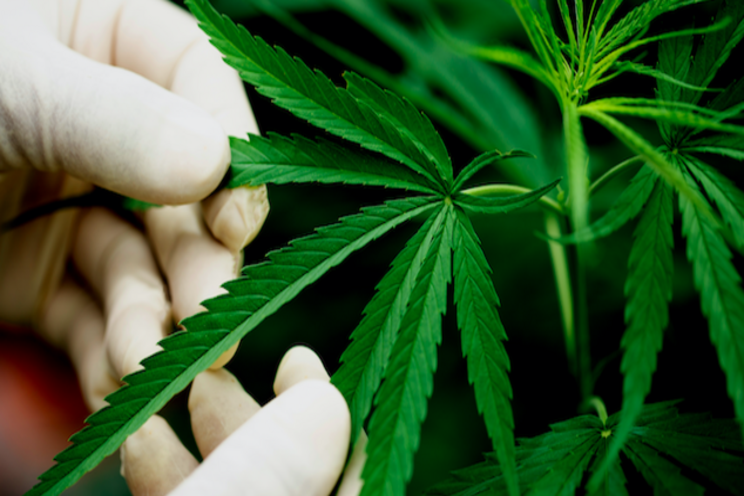Matching your cannabis growing facility to your location
Added on 27 May 2021

The cannabis industry is a local market industry for now. Cannabis businesses must grow, manufacture, and sell products in one state, one geographic locality, except for California which because of its size and diversity of environments may have several local environments. Location will dictate a lot of sustainability and design decisions. The type of cannabis facility the environment dictates turns out to be more of a greenhouse versus an indoor facility decision, to which you can add the advantages of vertical cultivation if an indoor facility is where the geographic analysis points.
Recent research has found that, when looking at locations to set up cultivation facilities, there is not a specific turnover point where indoor or greenhouse production is better. Instead, there is probably a gradual shift from a nearly natural to a fully controlled interior production climate. The viability of the system as a whole does not solely depend on energetic performance. The efficiency of production and climatization systems is directly related to the availability of resources. At locations with scarce resources, indoor facilities offer opportunities by assuring an efficient use of water and CO2 as well as a high production density.
Maximizing a facility's sustainability profile, productivity, resource use, and efficiency requires understanding how the following environmental factors impact cannabis facility design requirements.
- Water: What is the cost and availability?
- Daylight: What is the daily light integral of your proposed location, and can you grow without LED lighting?
- Environment: What is Köppen-Geiger climate classification? Management is often the largest user of energy and greatest contributor to greenhouse gases.
- Energy: What is the cost and, more importantly, is the grid clean or dirty?
- Transport: What is the environmental impact of the suppl -chain?
- People: What kind of workforce do you need?
- Density of facilities: What is the cumulative regional impact of volatile organic compounds on ozone?
Once you nail down the contour of environmental factors, begin planning by referencing Brian Anderson of Anderson Porter Design's primer for getting a sustainable facility off the ground.
In the end, executing a vertical cultivation facility is a business decision. It's about maximizing the utilization of space, controlling labor costs, and managing environmental control. These decisions come into play only after you understand and can design to the requirements your geographic location impose on design.
Source: Greenhouse Grower
Photo created by jcomp - freepik
Source: Greenhouse Grower
More news















